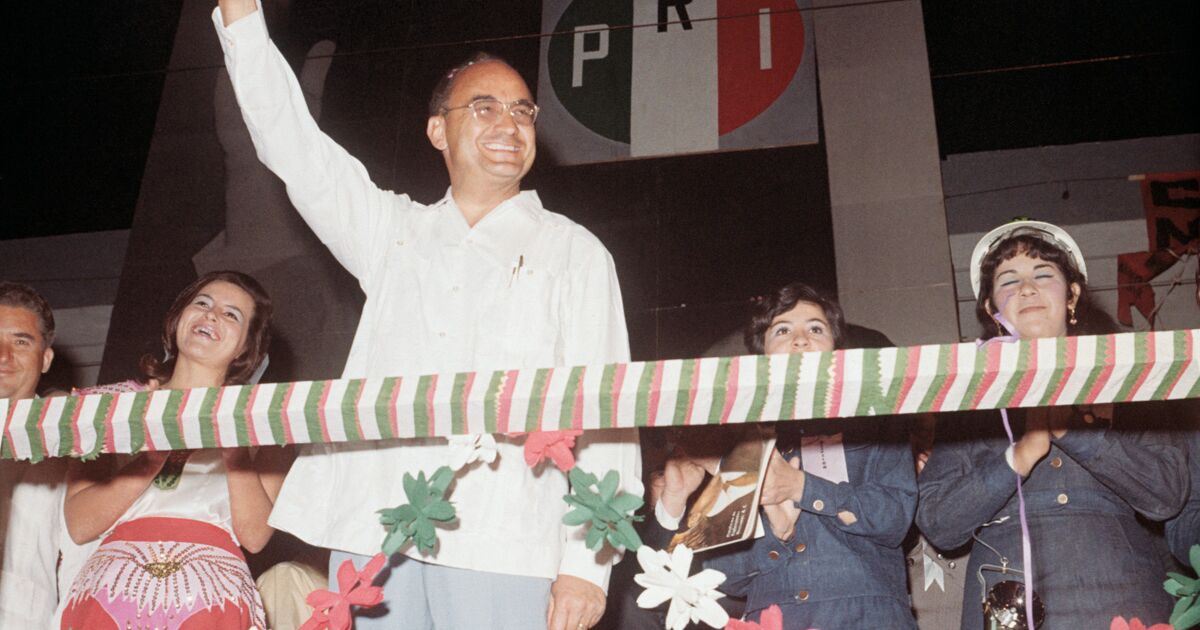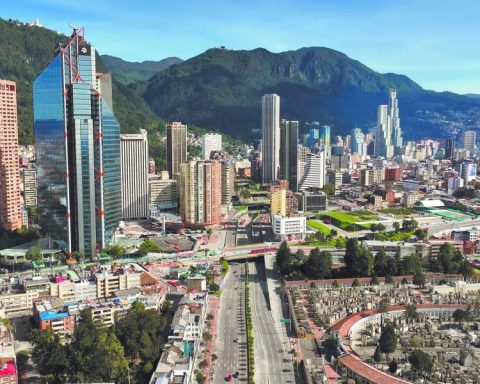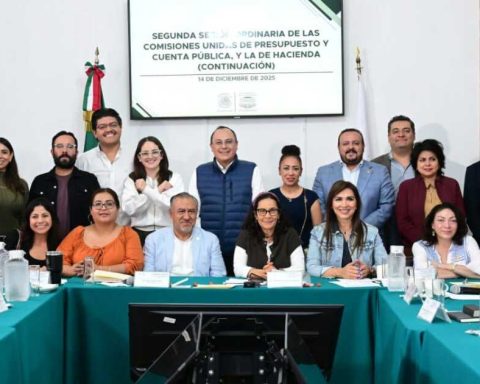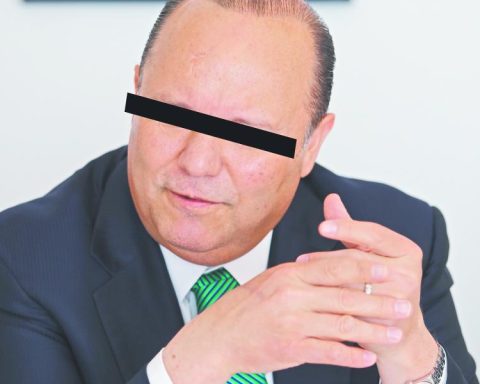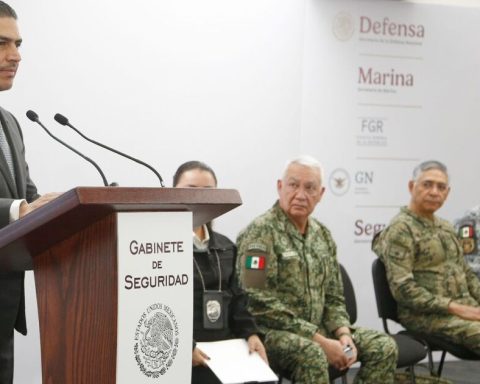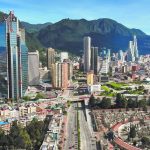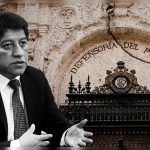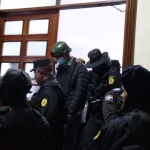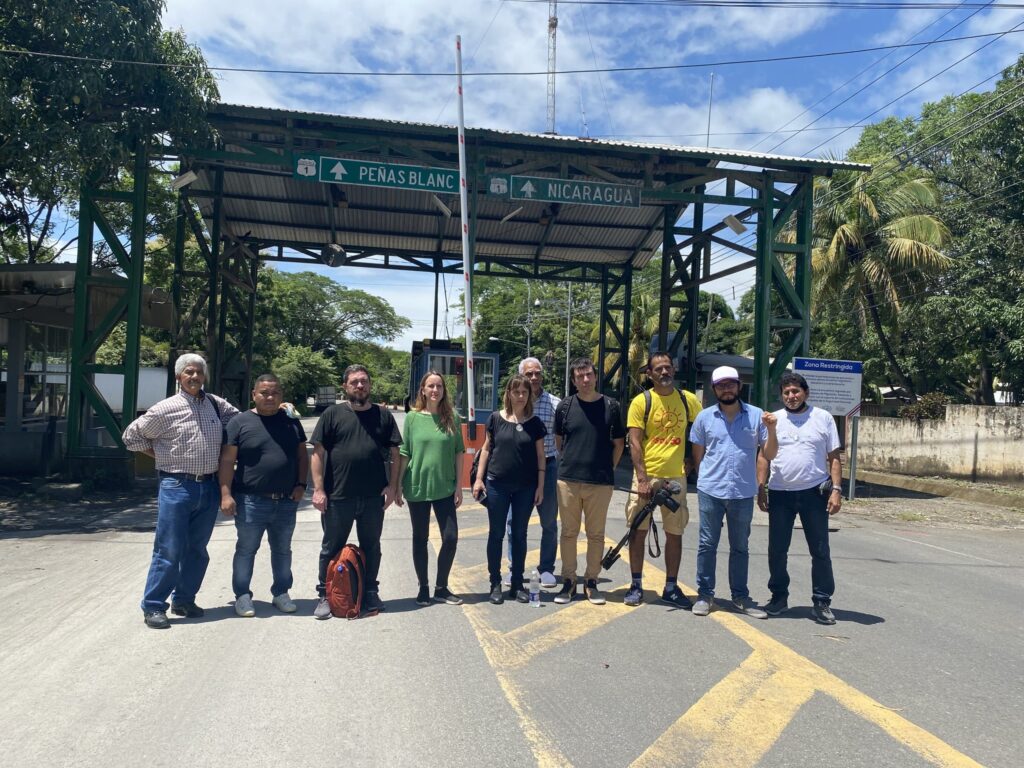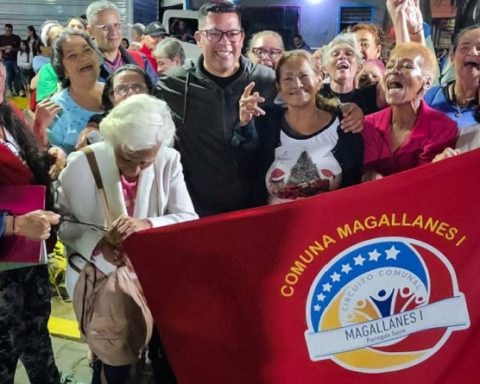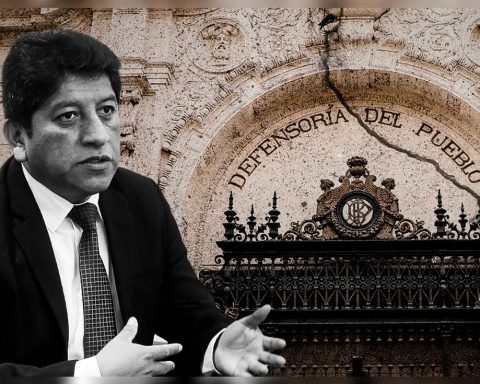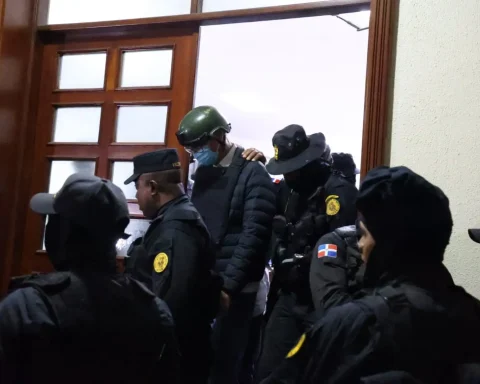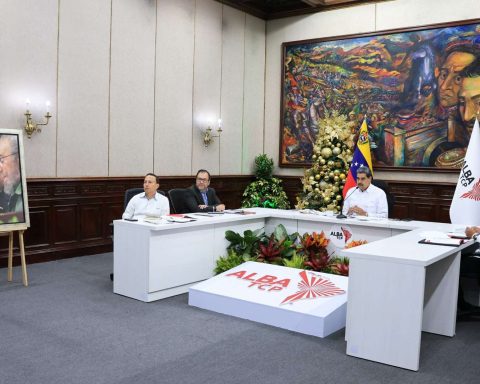On the negative side, the high inflation, lower economic growth, high external debt and its conflicts with businessmen from the north of the country after the death of Eugenio Garza Sada in 1973 stand out.
Creation of Infonavit and Fonacot
The Institute of the National Fund for Workers’ Housing (Infonavit) was created by Luis Echeverría in April 1972 in order to provide housing for workers.
Enrique Cárdenas, professor of economic history at the Universidad Ibero de Puebla and the Universidad de Guadalajara, said that buying a home was one of the great needs of workers, but that it did not benefit everyone.
“They were building houses for the workers, but later with this corporatist wave, the government and its complicity with the official labor sector of Fidel Velázquez, the houses were no longer for just anyone,” he commented.
For the specialist, in the early years, this organization dedicated itself to paying political debts of the government with the labor sector. “Basically political things: you fill the Zócalo when necessary and I give you credits in return.”
As for the Institute of the National Fund for Workers’ Consumption (Fonacot), this institution was created in May 1974 with the purpose of supporting workers with financing.
The creation of Conacyt, UAM and Conapo
For Harim B. Gutiérrez, PhD in History from the Colegio de México and academic at UAM Xochimilco, another achievement in Echeverría’s six-year term is the creation of institutions that are committed to scientific research such as Conacyt, created in 1970. Thus, under his six-year term, the “last great university created by the government” was founded: the UAM, which began with branches in Xochimilco, Azcapotzalco and Iztapalapa.
But the PRI government also created Conapo to try to control the birth rate in the country. “It was the first Mexican government that realized how inconvenient it was for the country, the uncontrolled growth of the population,” Gutiérrez said.
And it is that at the beginning of 1970 Mexico registered one of the highest population growth rates in its entire history; the average Mexican family had six children.
Pushing for a birth control program also included textbook content reform that included sex education for sixth graders.
“Yes, it was something positive from the government of Luis Echeverría because in other times of history in Mexico, the federal government’s attempts to put a more progressive sex education in public schools were aborted by conservative sectors of society,” added Gutiérrez.
Double-digit inflation and low economic growth
But in the six-year term of one of the most controversial politicians in the country, there was also recession and high inflation.
Mexico came from a decade of the 60s, where a significant middle class was created, industrial workers increased and this era was known as “stabilizing development”, since the GDP grew at rates of between 5% and 6%.
In a global context, it should be noted that since the end of the Second World War there was a time of prosperity, where many economies in Europe, Latin America and Asia were industrialized, which became known as “the golden age of capitalism”. The fat cows and the good times abroad and within the country ended, coincidentally, with the start of the PRI’s six-year term.
Mexico had been very careful with industrial growth and left aside basic sectors such as agriculture and mining, according to Harim Gutiérrez.
The country was not an exporter of manufactured goods, it depended on the export of raw materials and it was increasingly difficult to obtain dollars to finance itself and that is why loans were requested and the Bank of Mexico (which was not autonomous at the time) to print money.
“When Echeverría took office there was a small recession in 1971, and since the president did not want the economy to decline from its historical growth rate, which was around 5 to 6%, a process of high spending began, characterized by indebtedness. “, added Enrique Cárdenas, who has a doctorate from Yale University.
The external debt soared exponentially: at the beginning of the six-year term it amounted to 4,000 million dollars (mdd) and by 1976 it reached 30,000 million dollars.
“He was a president who wanted to prevent the economy from growing less at all costs and for that he used the printing of money and external indebtedness,” added Cárdenas. This caused a crisis in the balance of payment that caused a devaluation of the exchange rate.
Economic conditions were added to the growing number of students leaving schools and seeking employment as well as the rise of various social movements.
Distancing with employers
Another of the relevant events for the six-year term of Luis Echeverría with the private sector was the death of Eugenio Garza Sada in September 1973, two years after the Halconazo and five years after the Tlatelolco massacre.
The death of the businessman caused a strong estrangement from the private sector. Garza Sada was on his way to the offices of the Cervecería Cuauhtémoc when they tried to kidnap him.
The versions indicate that he tried to defend himself and in the fight, he received bullet wounds that caused his death. Although he accused the government of being behind the murder, it was later learned that they were guerrillas seeking a ransom of 5 million pesos.
“The consequence of that assassination was that relations between the country’s big businessmen and the Echeverría government were irremediably spoiled. That is going to have consequences because many people with the possibility of making investments within the country are not going to do so or will prefer to invest their savings in dollars to also protect themselves from inflation”, said the UAM academic.
In addition, during Garza Sada’s funeral, the speech was given by businessman Ricardo Margáin Zozaya who criticized the government for what happened. “That their murderers and those who armed their hands and poisoned their minds deserve the strongest of punishments is an irrefutable truth. But this is not what worries our city. What is alarming is not only what they did, but why what could they do?
“The answer is very simple, although at the same time bitter and painful: one can only act with impunity when respect for authority has been lost; when the state fails to maintain public order; when it is not only allowed to have free flow the most negative ideologies, but they are also allowed to reap the negative fruits of hatred, destruction and death,” said Margáin Zozaya, according to Tec de Monterrey files.
Harim Gutiérrez said that Echeverría never forgave that level of criticism and contempt for the government.
The legacy that López Portillo left
A time bomb. The UAM academic considers that what Echeverría inherited from López Portillo was a time bomb that years later will be deactivated with the discovery of the oil fields.
But before the “black gold” saved López Portillo from a crisis, there was tension because the Bank of Mexico was almost without reserves and also the government of Luis Echeverría had signed an agreement with the International Monetary Fund to fix the financial situation of Mexico.
